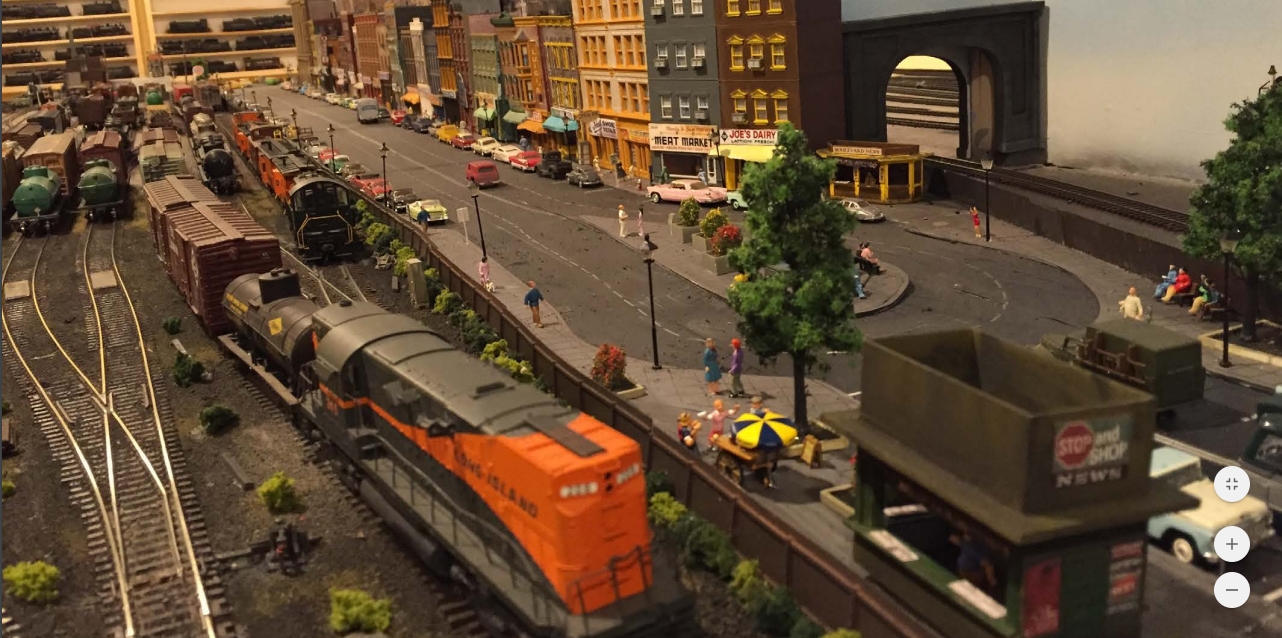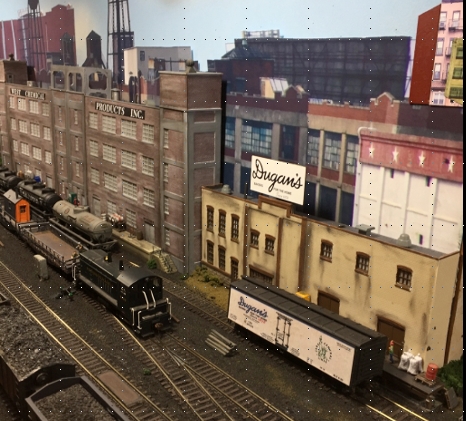My HO scale Long Island
Rail Road primarily models many urban and suburban scenes
found on Long Island, including Brooklyn, Queens, and Penn
Station in Manhattan, and the town of Huntington further out
in Suffolk County. This clinic focuses on how to plan an
urban scene for your layout, identifying the key elements
that make up urban scenes, then explaining what the key
modeling components are for each element, and how they all
can be combined to produce realistic scale model urban
scenes. Brian I discuss how to create realistic backdrops
for urban scenes. I also discusses using techniques, such as
cutaways, to model underground stations, and also modeling
overhead (elevated) subways, or Els. The clinic presentation
contains many photos that illustrate the techniques
described.
View Clinic^Top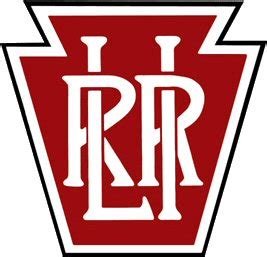

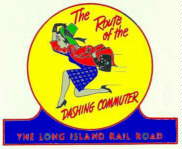



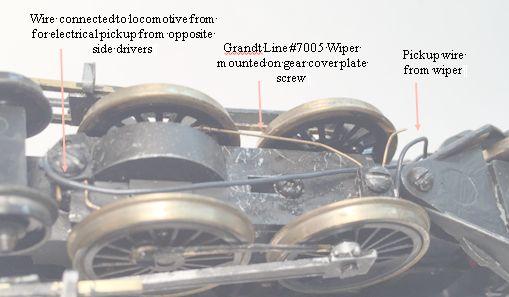
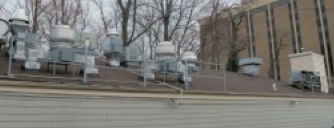 Details can make the Difference —
Adding Details to Your Layout
Details can make the Difference —
Adding Details to Your Layout 
